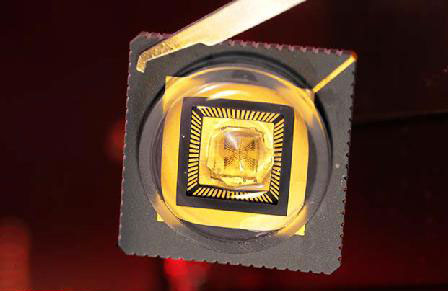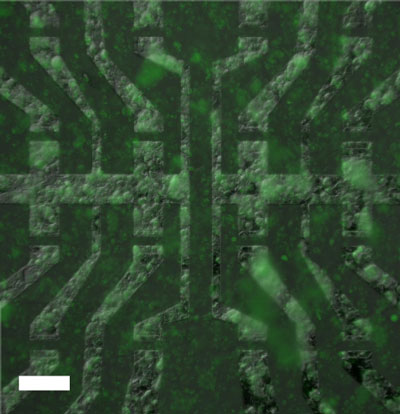 |
| Biocompatible chips made of graphene. |
(Nanowerk News) In the future, neural implants could replace destroyed sensory cells in the eye or ear – a dream come true for humanity.
One of the greatest challenges yet to be addressed is designing the interface between medical technology and human tissue.
In order to overcome the limitations of existing models, scientists from Forschungszentrum Juelich and eleven other institutions involved in the NeuroCare project, which kicked off on 1 March 2012, will develop novel biointerfaces made of carbon.
If you are a regular visitor to this blog, you will know nanoparticles can be absorbed by the body through the skin or via ingestion as part of foods where nanotechnology is part of of the production process.
You will also have read about nanoscale wireless communication.
It is a commonly held rule that technologies converge and it takes little imagination to consider the dangers of neuro and nanotechnology convergence.
The world of Alister Cloud is one possible future where these convergences have already taken place.
Set in a society where governments depend upon ruthless Private Military Companies willing to use any technological advantage to retain contracts and control, the book explores the darker side of today's emerging technologies.
 |
| At the end of 2011, researchers from Forschungszentrum Jülich and Technische Universität München grew cardiac cells on a graphene transistor. |
No comments:
Post a Comment